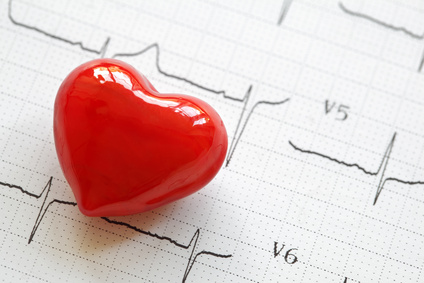by
Stepy —
September 18, 2014
- Healthy living is a life style and it includes being informed on the latest health news so you can take steps to living a long, healthy life.
- Hypertension or high blood pressure, is also called arterial hypertension. It is a medical condition. The blood pressure in the arteries is elevated. Consequently, the heart pumps harder to circulate blood through the blood vessels. Blood pressure is summarized by two measurements, systolic and diastolic, which depend on whether the heart muscle is contracting (systole) or relaxed between beats (diastole).
- High blood pressure is considered a silent killer, because it often does not produce symptoms.
- According to the American Heart Association, when high blood pressure remains untreated, it can lead to serious conditions including stroke, vision loss, heart failure, heart attack, and kidney disease. The Centers for Disease Control and Prevention reports that: “67 million American adults (31%) have high blood pressure—that’s 1 of every 3 adults.”
- The number of people being admitted to the ER for hypertension has increased by 25 percent in recent years, according to research presented at the American Heart Association’s High Blood Pressure Research Scientific Sessions 2014.
- “This shows we are not doing a good job in controlling high blood pressure in the outpatient setting,” said Sourabh Aggarwal, M.D., the study’s lead researcher and Chief Resident in the Department of Internal Medicine at Western Michigan University School of Medicine in Kalamazoo. “We need better high blood pressure care in this setting,” he continued.
- The research team gathered data on about 3.9 million ER visits from 2006-2011 in which high blood pressure was the first diagnosis. They found the following:
- • ER visits for essential hypertension increased by 25 percent, while the admission percentage for these patients fell by 15 percent.
- • ER visits for hypertension with complication and secondary hypertension increased by 19 percent, while the admission percentage for these patients fell by 12 percent.
- • Among admitted patients, the percentage of those who died in the hospital fell 36 percent.
- “The decrease in admissions and deaths may be due to emergency room and hospital physicians becoming more skilled at treating high blood pressure,” Aggarwal said. “But there is still a large unmet need for patients to have better help controlling their blood pressure in the outpatient setting,” he added.
- The research team did not track why people came to the hospital, but the American Heart Association recommends visiting the ER if someone finds that his or her blood pressure is above 180/110 mm Hg, which is considered a hypertensive crisis.


















